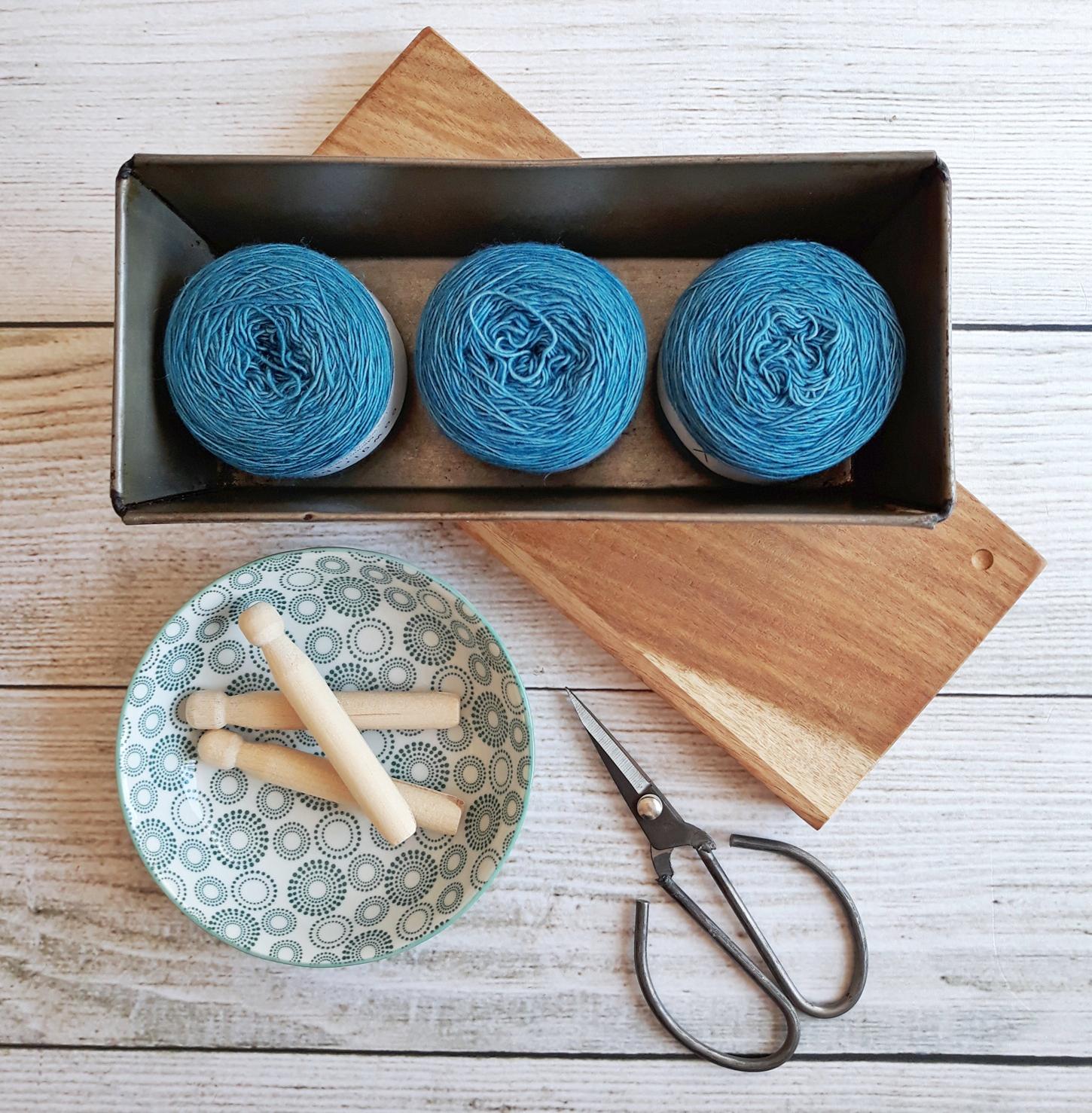Welcome to our in-depth exploration where we delve into the world of digital product optimization through „Usability Testing Tools: A Comparative Study”. In this era where user experience stands at the forefront of technology and business success, selecting the right tools to test and enhance usability is more crucial than ever.
Join us as we compare the most sought-after usability testing tools in the market, dissecting their features, ease of use, and effectiveness. Whether you’re a seasoned UX professional or just starting out, this comparative study will equip you with the knowledge to choose the best tool for your needs, ensuring your product not only meets but exceeds user expectations.
Criteria for evaluating usability testing tools

Usability testing tools are the magnifying glass through which we scrutinize the user experience of our digital creations. When selecting the perfect instruments for this vital task, we must keep a keen eye on several determining factors.
In our comparative study of usability testing tools, we dive into the essential criteria that separate the wheat from the chaff in this domain. Firstly, let’s talk about the ease of integration. The digital ecosystem is a complex tapestry of software and systems, and your usability testing tool should blend in seamlessly.
Whether it adheres to the simplicity of plug-and-play or requires a more intricate setup, integration is the first handshake between the tool and your existing framework. Picture this: you’re helming the Starship Enterprise – your usability testing tool should feel like an extension of your captain’s chair, not an alien artifact that takes eons to comprehend.
Secondly, we must consider the scope and depth of data collection. A tool might brag about its ability to track every click and swipe, but if it’s not translating that data into actionable insights, it’s as useful as a chocolate teapot. For instance, some tools offer heat maps that show where users hover and click most frequently, allowing us to infer hot zones of user interest.
Others might provide session replays, giving us a voyeur’s glimpse into the user’s journey—evidencing their triumphs and tribulations within our digital labyrinth. Lastly, the spotlight falls on the tool’s ability to facilitate feedback from the end-users—a chorus that sings to us the ballads of usability triumphs or the dirges of interface woes. While surveys and questionnaires may appeal to the more articulate users, other tools may capture real-time reactions, offering us a raw, unfiltered showcase of user emotion.
Imagine a symphony where each instrument represents a user’s sentiment—our chosen tool should be the maestro that orchestrates this cacophony into coherence. Wrapping up this comparative overview, it’s crucial to remember that the best usability testing tool is not an absolute entity.
It morphs to fit the contours of your project, user base, and objectives. Like a master key crafted to unlock the potential of your digital experience, select the tool that aligns with your unique requirements, and you shall pave the path to usability nirvana.
Popular usability testing tools and their features

Popular Usability Testing Tools and Their FeaturesWhen it comes to ensuring that a digital product not only meets its design objectives but also delivers a seamless user experience, usability testing tools are the unsung heroes in the UX toolkit. These ingenious platforms allow designers, developers, and product managers to peer through a window into the user’s world, to observe interactions, and gather invaluable feedback.
The landscape of usability testing tools is varied and rich, comprising solutions that cater to different needs, from remote testing to eye-tracking. Let’s embark on an exploratory journey through the dynamic world of usability testing tools, as we ponder their features and the contexts in which they shine. Hovering at the top of the usability testing echelon, we have the likes of UserTesting, Lookback, and Optimizely, each boasting its own unique arsenal of features.
UserTesting, known for its robust platform, provides real-time feedback from testers that match a product’s target demographic. With the ability to recruit participants quickly, it serves as a gateway to instant user insights, thereby accelerating the iteration cycle.
Tools like Lookback, on the other hand, take a different stance by focusing on the live interaction aspect. It allows researchers to observe users as they navigate through an interface, facilitating screen sharing, and providing video/audio recordings of user sessions that are as insightful as they are easy to share with stakeholders. But let’s not stop there; the market is replete with specialized instruments perfect for particular use cases.
For instance, Optimizely specializes in A/B testing, enabling teams to make data-driven decisions on design changes by comparing different versions of a product or web page. Its ease of use and integration capabilities make it a favorite for enterprises looking to optimize their digital footprints without diving deep into the technicalities.
Eye-tracking software like Tobii, while niche, offers an eye-opening perspective—literally. By tracking where users look, it reveals what catches their attention, or what they might ignorantly skip over, providing a layer of understanding that goes beyond just clicks and scrolling patterns. In the quest for the holy grail of usability, each of these tools plays a crucial role in shaping user-centric products.
They arm developers and designers with the empirical evidence needed to refine user interfaces until they’re not just usable, but a delight to navigate. The comparative study of these usability testing tools isn’t just an academic exercise; it’s a strategic move in the digital chess game where the endgame is exceptional user experience. As diverse as their features may be, they all share a single mission: to illuminate the path towards a more intuitive and engaging digital world.
Case studies: real-world applications of usability testing tools

Title: Case Studies: Real-World Applications of Usability Testing ToolsWhen delving into the intricate world of usability testing, tools emerge as the unsung heroes, subtly pivoting the user experience from passably functional to impeccably intuitive. This vital transition is seldom the result of happenstance but the outcome of careful analysis and optimization, a journey well-illustrated by compelling real-world case studies. Usability testing tools play pivotal roles in this narrative, forming the bridge between theoretical user-friendly mandates and pragmatic digital excellence.
Take, for instance, the comparative study of an e-commerce giant that employed a variety of usability testing tools to refine its checkout process. By alternating between eye-tracking software and heat maps, insightful data was gleaned regarding where users’ attention waned and where confusion set in.
This led to a streamlined checkout process that not only reduced cart abandonment rates but also lifted the veil on subtle user behaviors that traditional analytics might have missed. Such intertwined tools revealed the plot twists in the user’s journey, enabling designers to script a more engaging and intuitive experience. Then there’s the case of a mobile app developer who embraced the power of remote usability testing to extend their reach across diverse demographics and regions.
A comparative study of remote testing tools illustrated how unmoderated sessions could capture authentic user interactions, while moderated ones provided deeper context through direct dialogue. By wielding these tools in tandem, the developer set forth a global tapestry of usability insights, ultimately cultivating an app that resonates with users from varied cultural and technological backgrounds.
Each tool played its part in shaping an interface that seemed to predict user needs, almost as if reading their minds through the screen. These case studies underscore the comparative advantages and synergies of usability testing tools.
From heat mapping to eye-tracking, and remote user sessions to A/B testing platforms, the collective insights gained from using these tools provide a roadmap for navigating the complex terrain of user-centered design. As we journey through these real-world applications, we are reminded that no single tool holds the key to the treasure chest of usability; rather, it is their confluence that charts the path to a digital El Dorado, teeming with satisfied users and seamless interactions.
Future trends in usability testing: innovations and developments
**Future Trends in Usability Testing: Innovations and Developments**Usability testing has long stood as the bastion of product excellence, ensuring that tools and interfaces harmonize with human behavior and expectations. But as digital landscapes evolve at a brisk pace, so too must the methodologies and tools employed to gauge usability.
The confluence of technological advancements and user-centric design practices has birthed an era ripe for innovation in usability testing, and this future-forward trajectory shows no signs of slowing down. Among the hottest trends revolutionizing the field are the advancements in usability tesing tools, which not only offer more granular insights but also democratize the testing process. A comparative study of these tools sheds light on an array of emerging capabilities, from AI-powered analytics to real-time user journey mapping.
These sophisticated instruments are simplifying the erstwhile daunting task of dissecting user interactions, turning what was once a mountainous endeavor into scalable, data-driven processes. For instance, eye-tracking software has moved from bulky, obtrusive hardware to sleek, unassuming solutions that can deliver profound observations about a user’s gaze and attention without impeding the natural user experience.
Moreover, remote and unmoderated usability testing tools have catapulted onto the scene, transcending geographical and logistical limitations that once curtailed the scope of user research. Now, companies can gather rich, contextual feedback from a global user base, uncovering cultural nuances and behavior patterns that influence usability in diverse markets. Virtual reality (VR), with its immersive environments, is another frontier being harnessed to simulate real-world interactions and push the envelope in product testing environments.
The future of usability testing is not only about which tools will emerge as leaders but also about how these tools can intersect to provide a holistic view of user experience. With each stride in technology, the confluence of these tools promises a landscape where usability testing is seamlessly integrated into the design process, becoming less of a checkpoint and more of a continuous dialogue with users.
By navigating through this comparative study of usability testing tools, we prepare ourselves for the onrush of changes, ensuring that the products of tomorrow are not just functional, but are also intuitive extensions of the human experience. After all, in the digital age, usability is the lifeline of innovation, and the sharp edge of these tools is what keeps that lifeline robust and responsive to the shifting desires of users the world over.
Nasza rekomendacja video
To sum up
In our comparative study, we explored various usability testing tools to help designers and developers enhance user experience. We examined features, ease of use, and cost-effectiveness, providing insights into tools like UserTesting, Crazy Egg, and Optimal Workshop. The analysis aims to guide professionals in selecting the right tool that aligns with their project needs and budget constraints.
FAQ
What are the key features to look for in usability testing tools when conducting a comparative study?
When conducting a comparative study in usability testing, key features to look for in tools include the ability to capture user interactions and feedback in real-time, robust analytics to compare user behavior across different versions or competitors, and a flexible testing environment that can simulate various devices and conditions. Additionally, the tool should offer a way to segment data for targeted insights and support for both qualitative and quantitative data analysis to provide a comprehensive understanding of user experience.
How do the top usability testing tools differ in terms of user experience and data collection capabilities?
Top usability testing tools vary in user experience by offering different interfaces, levels of intuitiveness, and customization options, catering to a range of technical skills among users. In terms of data collection capabilities, they differ by the types of data they can gather—such as heatmaps, video recordings, and user feedback—and the depth of analytics provided, with some tools offering more advanced metrics and integration options with other data analysis platforms.
What are the pros and cons of remote versus in-person usability testing tools?
Remote usability testing tools offer the advantage of convenience and a broader participant pool, often leading to more diverse feedback and the ability to conduct tests across different time zones. However, they can lack the depth of insight gained from in-person testing, where facilitators can more easily observe body language and provide immediate clarification. In-person testing also fosters a controlled environment, reducing external variables that might affect the test, but it can be more costly and time-consuming to organize.
How do usability testing tools cater to different platforms (e.g., web, mobile, desktop) and what should researchers consider when choosing a tool?
Usability testing tools cater to different platforms by providing specialized features such as mobile device emulation, touch gesture recording, and responsive design testing for web and mobile, as well as screen recording and interaction tracking for desktop applications. Researchers should consider the specific needs of their platform, such as the ability to test on various operating systems and devices, the ease of integrating with the development workflow, and the tool’s capacity to capture the nuances of user interactions within that platform’s context. Additionally, the demographic of the target user base and the environment in which the platform will be used should influence the choice of a usability testing tool.
In what ways can integration with other tools (e.g., analytics, project management) influence the choice of a usability testing tool?
Integration with other tools can significantly influence the choice of a usability testing tool as it allows for a more streamlined workflow and centralized data analysis. For instance, integrating with analytics tools can provide deeper insights into user behavior, while project management tool integration can facilitate better collaboration and tracking of testing schedules, tasks, and issues. This synergy can lead to more efficient use of resources, quicker decision-making, and ultimately a more cohesive understanding of user experience across different platforms and teams.
How does the cost-effectiveness of various usability testing tools compare, and what are the options for businesses with limited budgets?
The cost-effectiveness of usability testing tools can vary widely, with high-end services offering extensive features at a premium price, while more affordable or even free tools provide basic functionality suitable for smaller-scale studies. Businesses with limited budgets can explore options such as remote usability testing platforms like UserTesting or Lookback, which offer pay-as-you-go plans, or utilize open-source tools like OpenHallway. Additionally, leveraging in-house methods such as heuristic evaluations or conducting simple user tests with paper prototypes can be cost-effective strategies for gaining insights without a significant financial investment.

